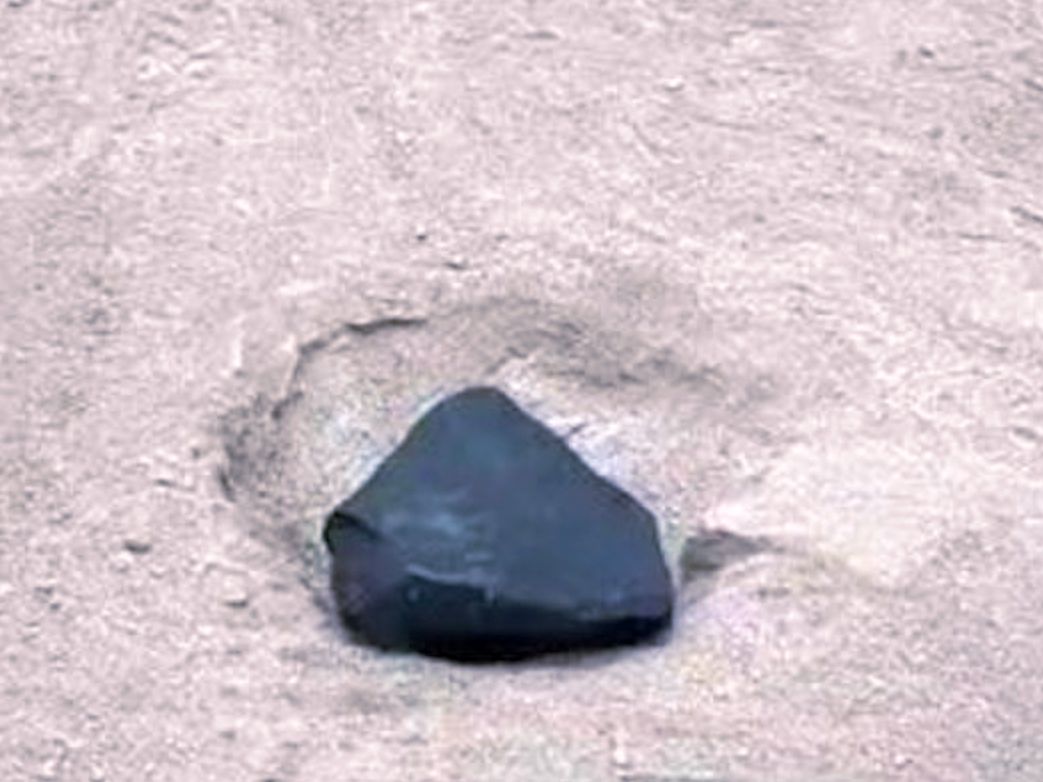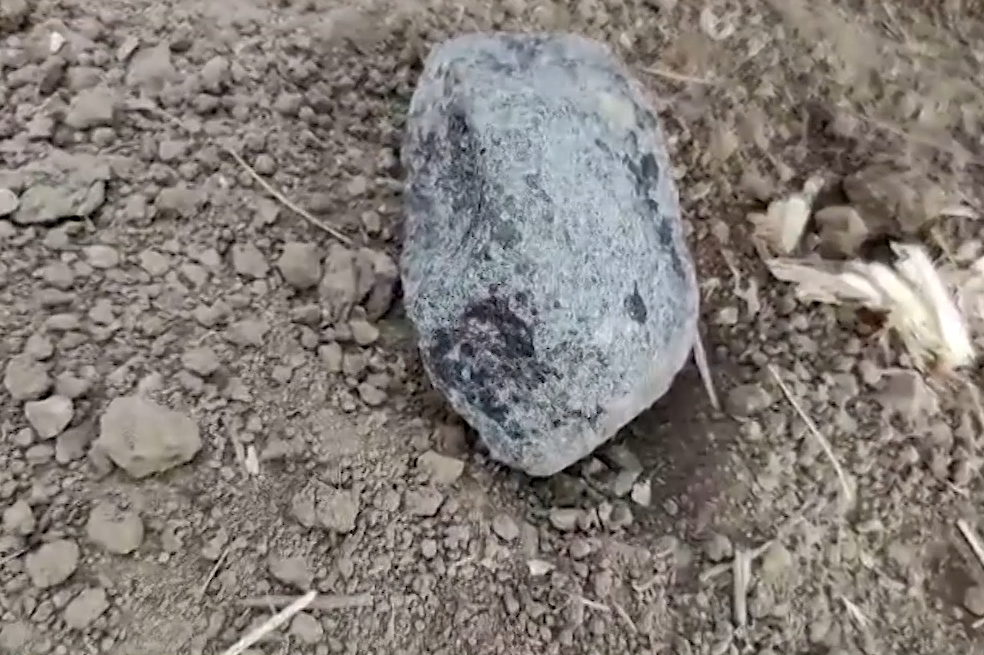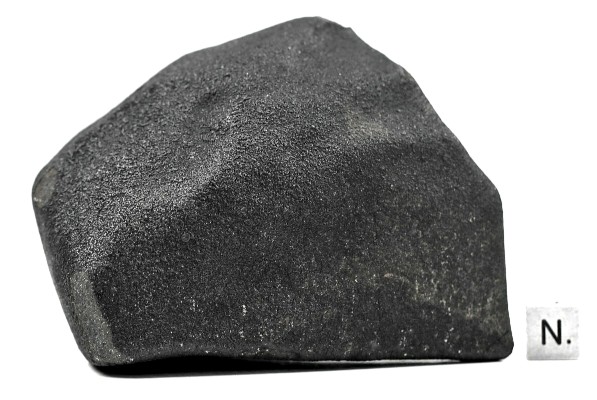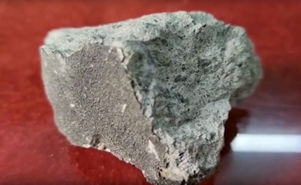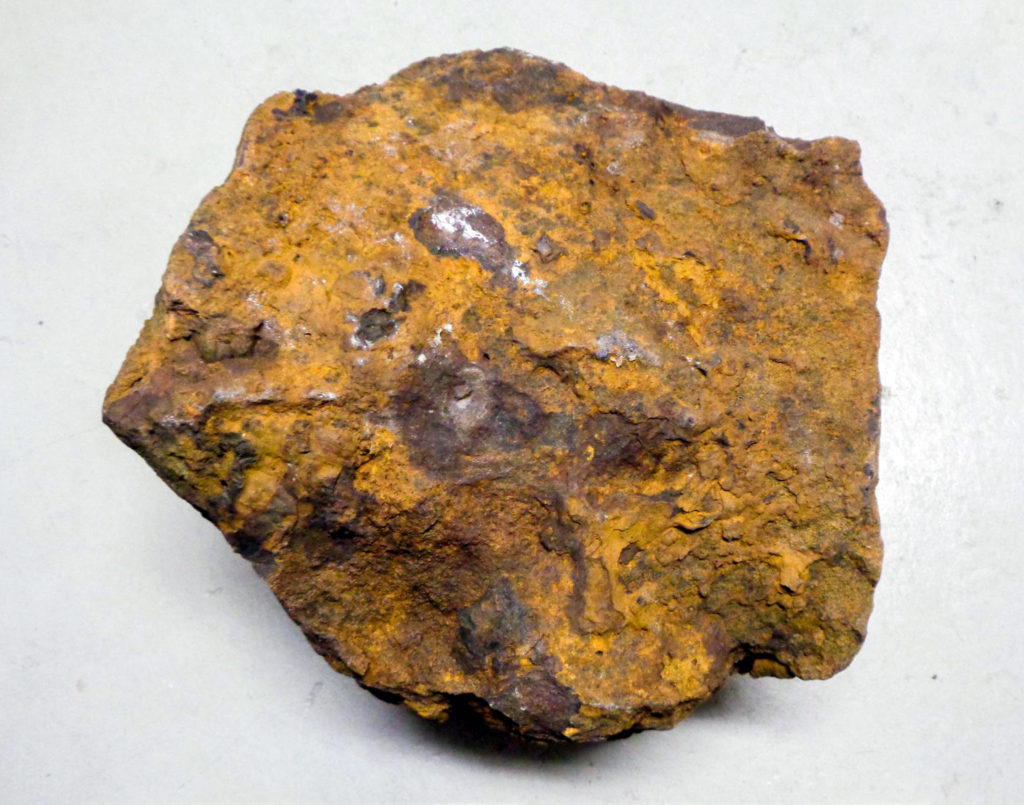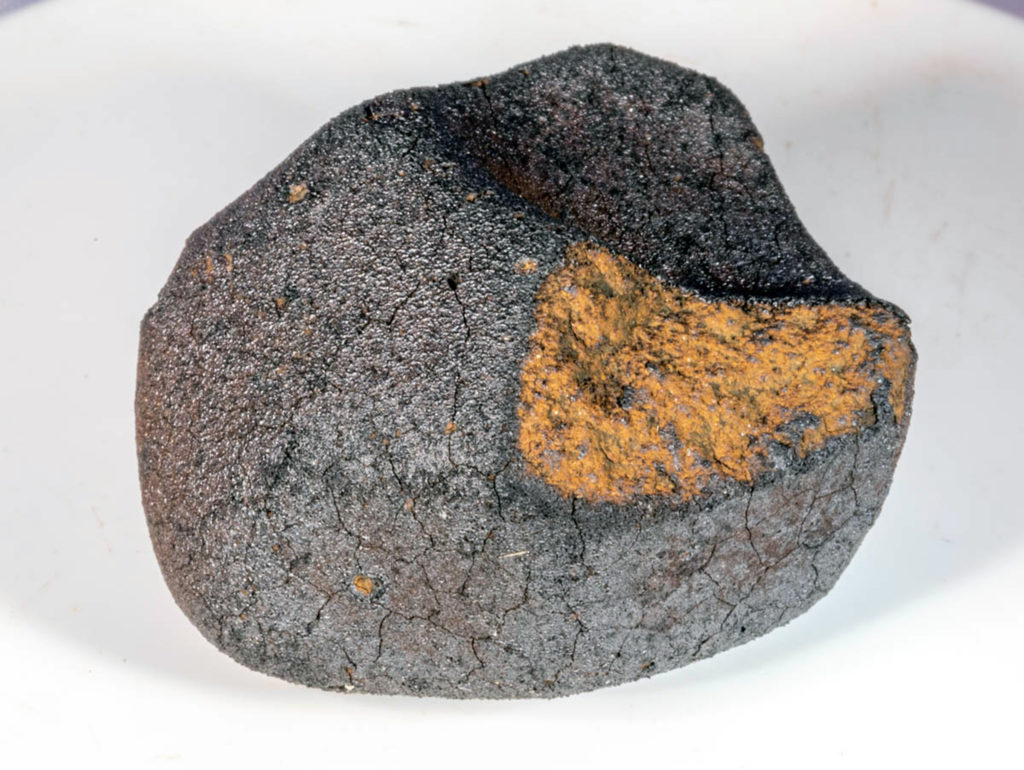Tamdakht: A Moroccan ordinary chondrite fall with an uncommon fusion crust
Larbi Zennouri, Hasnaa Chennaoui Aoudjehane, Luigi Folco, Taha Shisseh, Abderrazak El Albani, Arnaud Mazurier, Mohamed Hassan Leili
MAPS, Version of Record online: 04 April 2025
“Tamdakht meteorite is the most massive observed fall in Morocco with a total recovered mass of ~500 kg. Most of the specimens investigated in this study are covered by a well-developed primary fusion crust with thickness that reaches up to 12 mm. Macroscopic investigations reveal the development of complex fusion crust features indicative of unusual entry conditions. In some specimens, pieces of the primary fusion crust are missing, and the newly exposed areas developed a thinner fusion crust, which suggests that the former were removed during the late stages of the meteoroid’s flight. Meteorite fragments are enclosed in the primary fusion crust, implying a potential intershower debris transfer prior to the dark flight and that the broken pieces were retained by the viscous fusion crust. X-ray tomographic and backscattered electron imaging shows that the primary fusion is irregular in thickness and consists of three layers. The outer layer is mainly composed of magnetite that formed as a result of the reaction of atmospheric oxygen with Fe in the melt produced by heating. The middle layer consists of zoned olivine phenocrysts, large vesicles, and metal and sulfide grains. The innermost layer displays a lower degree of melting and contains tiny vesicles, as well as metal and iron sulfides in the form of blebs and veins invading the substrate. The textural, mineralogy, and the compositional variation of Tamdakht’s fusion crust imply a change in the degassing degree, temperature, and reaction with atmospheric oxygen from the surface inward.”

